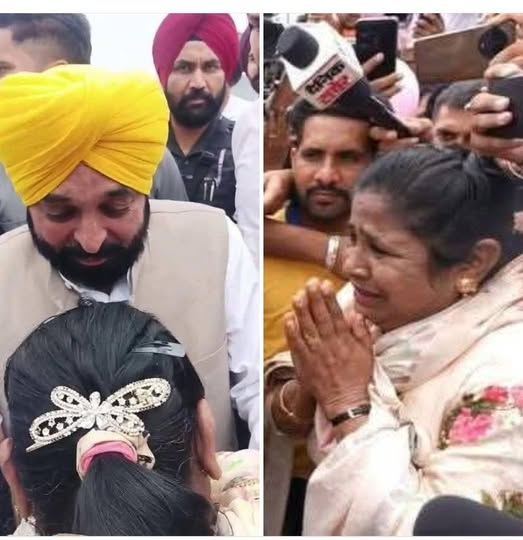 When a well-dressed woman appears before the state chief minister during a flood crisis and breaks into tears about her suffering, it naturally attracts both sympathy and skepticism. On one hand, tragedy does not discriminate between the poor and the well-off. Families that once lived in comfort may find themselves standing in relief camps, stripped of security and dignity overnight. A neat appearance or decent clothes do not mean that a person has not endured loss. For such individuals, tears before a leader may be a genuine cry for help, a desperate attempt to seek attention toward their plight.
When a well-dressed woman appears before the state chief minister during a flood crisis and breaks into tears about her suffering, it naturally attracts both sympathy and skepticism. On one hand, tragedy does not discriminate between the poor and the well-off. Families that once lived in comfort may find themselves standing in relief camps, stripped of security and dignity overnight. A neat appearance or decent clothes do not mean that a person has not endured loss. For such individuals, tears before a leader may be a genuine cry for help, a desperate attempt to seek attention toward their plight.
At the same time, politics has a history of turning human suffering into staged drama. Whenever leaders visit disaster-hit areas, photo opportunities often take center stage. In such an environment, it is also possible that certain scenes are planned to evoke emotions, present the chief minister as a compassionate listener, and soften public anger. A well-dressed woman crying in front of cameras could therefore be perceived by many as a carefully crafted script rather than an authentic outpouring of pain.
The truth likely lies somewhere in between empathy and suspicion. While it is important not to dismiss a victim’s grief based on appearance alone, citizens are also justified in questioning whether such moments are genuine or orchestrated. What matters most is that real victims—whether they appear ragged or well-groomed—receive timely relief and support, instead of becoming props in political theater.